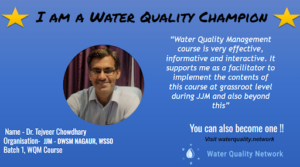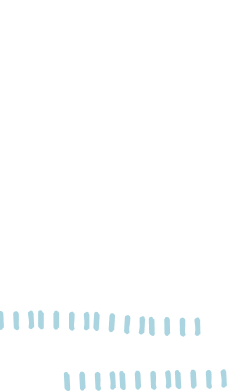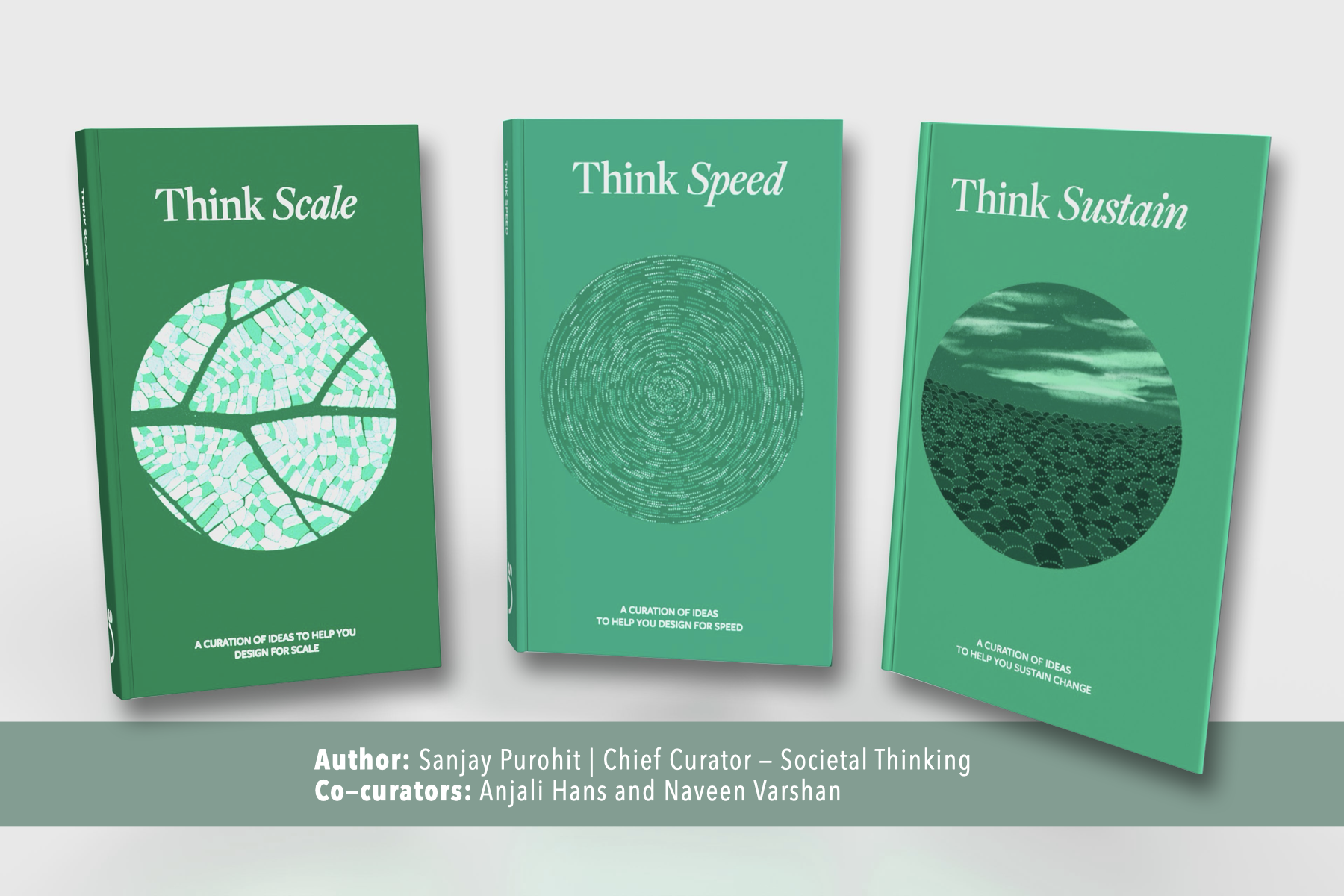What would it take to ensure safe and clean drinking water for everyone in India? At INREM Foundation, we spend our days trying to solve the problem of contaminated water in rural India. Not only is it economically burdensome but chemical contamination of water poses severe health risks like limb deformity, skin lesions to stained teeth. Sometimes, people in remote parts of the country attribute these health issues to genetics and/or paranormal factors.
Since 2010, INREM Foundation has been working towards demystifying invisible water contamination problems and building the capacity of communities to mitigate these health risks.
Symptoms of fluorosis and arsenicosis respectively, are caused by invisible chemical contamination.
We started out from a village in Jhabua district in Madhya Pradesh where children were grappling with limb impairment and stained teeth. We figured out it was fluorosis caused by contaminated water and malnutrition. To support recovery, we provided access to fluoride-free water and nutrition supplementation. Slowly, these children bounced back to full health.
For us, this experience highlighted the importance of timely recognition and intervention to combat this widespread but solvable issue. We began to wonder: How could we share our learnings with other regions facing water contamination?
In 2013, we orchestrated the Fluoride Knowledge and Action Network and brought together actors and institutions working to solve the problem of fluoride in drinking water across India. In 2018, we adopted District Water Quality Platforms – convening the right people and representatives of district-level departments to set and work towards the goal of ensuring fluoride-free drinking water. In eight districts of India, these platforms catalysed discussion and collaboration between governmental and non-governmental actors to identify and address fluoride and arsenic contamination of water. While these platforms brought together diverse actors and led to innovative community-driven solutions in hotspots, we asked ourselves: Would this approach solve the problem at scale?
Distributing the ability to solve
As we reflected on the magnitude of the problem, it became clear that we needed to think about what works at scale instead of trying to grow a tested solution. This led us to rethink our own identity – from solving everything for everyone to distributing the ability to solve.
In the course of our journey, people have always found a way to surprise and inspire us – from community actors such as Jal Sahiyas and volunteers to the efforts of Jal Jeevan Mission and civil society organisations working at the grassroots. This drove our decision to leverage the power of people. To equip them with knowledge, tools and networks, we developed a capacity-building Water Quality Management (WQM) course focused on water quality management. This is how ‘Water Quality Champions’ are born!
However, the challenge lay in scaling up these efforts nationwide, as the limited INREM team couldn’t reach thousands of champions alone. In response, a trainer’s certification program was established for the course graduates to undergo a 3 module course to build their training skills. By inviting champions to become trainers themselves, a chain of goodwill was created. Over 100 trainers emerged from subsequent batches, upskilling Water Quality Champions to become trainers. This approach not only expanded the reach but also conveyed the message that anyone, anywhere, could become a Water Quality Champion.
Catalysing interactions using the ECHO Model
Once the avenue for foundational knowledge was created, it was important to provide a space for these Water Quality Champions to meet, discuss and collaboratively solve the problems they faced. We were inspired by ECHO India’s ‘all teach, all learn’ model. A modified version of guided mentoring was designed to suit the WASH sector’s requirements – fostering open discussion, breaking communication barriers, and encouraging participants to share experiences from the field. Each guided mentoring on water quality session is attended by 30-50 Water Quality Champions.
The Government of India’s Department of Drinking Water and Sanitation expanded this approach within the Jal Jeevan Mission, offering case study-based learning on Water Quality Monitoring and Surveillance (WQMS) to all states and Union Territories. The ongoing Learning Group initiative on the JJM Digital Academy involves active participation from 23 States and UTs. Currently, more than 10 sessions, each addressing 2 themes relevant to the Jal Jeevan Mission, have been completed.


(Learning group session, INREM Foundation)
In only two years, Water Quality Champions have been sharing their knowledge with an estimated 12,500 frontline workers and have reached 5,000 villages. As we work towards our goal of ensuring 6.4 lakh rural communities in India have access to clean and safe water, we find ourselves relying on and being amazed at what communities can do with the right knowledge at the right time.
We visited Chikkaballapur and neighbouring villages with the INREM Foundation to see Water Quality Champions in action. Read about our visit here.
 Back
Back






